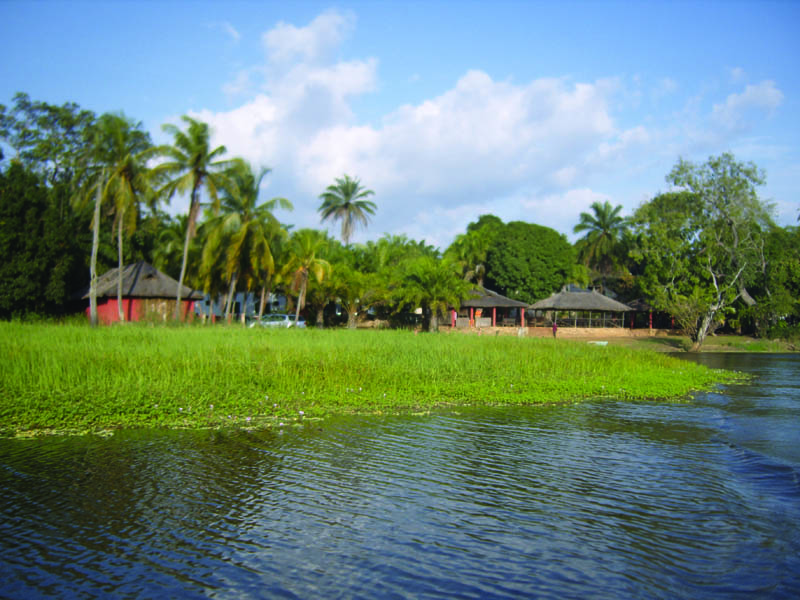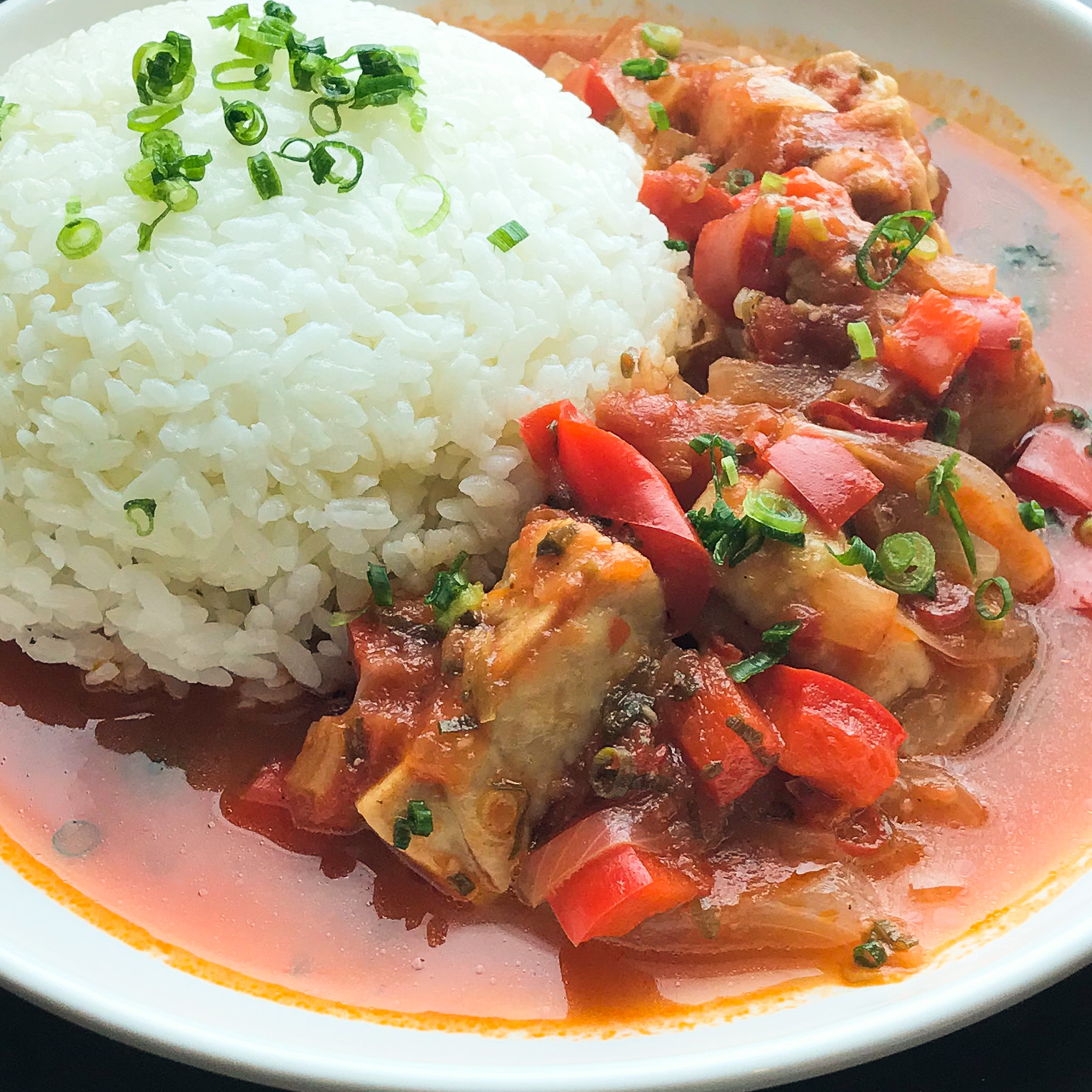Côte d’Ivoire travel tips
Côte d’Ivoire travel tips: In West Africa, boasts diverse landscapes, rich culture, and a vibrant economy, known for cocoa production and stability.
Regions 🌎
Côte d’Ivoire travel tips. Here is a list of all the regions of the Côte d’Ivoire.

Abidjan

Bas-Sassandra

Comoé

Denguélé

Gôh-Djiboua

Lacs

Lagunes

Montagnes

Sassandra-Marahoué

Savanes

Vallée du Bandama

Woroba

Yamoussoukro

Zanzan
Before you go 🛩
Important information you should know before your trip
Info

Capital | Yamoussoukro
Flag Codes:
ISO alpha-2 CI,
ISO alpha-3 CIV
Currency
Badge | CFA franc
CODE | XOF
NUMBER | 952
SYMBOL | Fr
FRACTION | penny
Mobile Coverage
Dialing Code | +225
SIM Card
Coverage | 3G / 4G / 5G |
Mobile Networks | Moov Mobile | MTN Mobile | Orange Mobile |

Location
Côte d’Ivoire, also known as Ivory Coast, is a country located in West Africa.
Côte d’Ivoire has a diverse landscape that includes coastal areas along the Gulf of Guinea, savannas, plateaus, and mountains in the west and north. The country’s largest city and economic capital is Abidjan, which is located along the southern coast. Yamoussoukro, located in the center of the country, serves as the political capital and is known for the Basilica of Our Lady of Peace, one of the largest churches in the world.
The country’s geographic diversity and natural resources have played a significant role in its economy and development. It is one of the leading cocoa-producing countries globally and has a rich cultural heritage.
Currency
The currency of Côte d’Ivoire, also known as Ivory Coast, is the West African CFA franc.
It is abbreviated as XOF, and it is one of two currencies used in the West African Economic and Monetary Union (WAEMU), with the other being the Central African CFA franc (XAF).
Both of these currencies are guaranteed by the French Treasury and have a fixed exchange rate with the euro.
The West African CFA franc is used in several West African countries, including Côte d’Ivoire, Benin, Burkina Faso, Mali, Niger, Senegal, Togo, and Guinea-Bissau.
Languages
Côte d’Ivoire, also known as Ivory Coast, is a linguistically diverse country with several languages spoken across its various ethnic groups. The country recognizes French as its official language, which is used in government, education, media, and business.
In addition to French, there are numerous indigenous languages spoken in Côte d’Ivoire, reflecting the country’s cultural diversity. Some of the major indigenous languages in Côte d’Ivoire include:
Baoulé: Baoulé is spoken by the Baoulé ethnic group and is one of the largest indigenous languages in the country. It is primarily spoken in the central region of Côte d’Ivoire.
Bété: Bété is spoken by the Bété people in the western part of Côte d’Ivoire.
Sénoufo: Sénoufo is spoken by the Sénoufo people, primarily in the northern and northwestern regions of the country.
Malinké (or Mandinka): Malinké is spoken by the Malinké people, particularly in the northern and northeastern regions of Côte d’Ivoire. It is part of the broader Manding language group.
Dioula (Jula): Dioula is a Mande language spoken by the Dioula people and serves as a trade language. It is used for communication and commerce across ethnic groups and regions.
Akan Languages: Various Akan languages, including Ashanti, Fante, and Akuapem, are spoken in the southern and central regions of Côte d’Ivoire. Akan languages are also spoken in neighboring Ghana.
Krou Languages: The Krou language group includes languages like Guéré, Wobé, and Dida, which are spoken in the western regions of Côte d’Ivoire.
Gur Languages: Gur languages such as Bwamu and Lobi are spoken in the northern parts of the country.
Kru Languages: Kru languages, including Bété and Dida, are spoken in the southwestern regions of Côte d’Ivoire.
Gban Languages: Gban languages are spoken by the Gban people in central and western Côte d’Ivoire.
Climate 🌡
Côte d’Ivoire, located in West Africa, has a tropical climate characterized by distinct wet and dry seasons. The climate varies from the humid tropical climate in the south to the more arid and Sahelian climate in the north. Here are some key features of Côte d’Ivoire’s climate:
Tropical Climate:
Côte d’Ivoire has a tropical climate overall, but it exhibits regional variations due to its diverse geography.
Wet Season:
The wet season in Côte d’Ivoire typically occurs from May to October. During this period, there is significant rainfall, especially in the southern and central regions. Rainfall gradually increases as you move south toward the coast.
Dry Season:
The dry season usually lasts from November to April. This period is characterized by lower rainfall and higher temperatures, making it the hottest time of the year.
Humid Tropical Climate (South):
The southern coastal regions, including Abidjan, experience a hot and humid tropical climate. High temperatures, high humidity, and abundant rainfall are common characteristics of this area.
Savanna Climate (North):
As you move northward, the climate transitions to a savanna climate, particularly in the central and northern regions. Rainfall is less abundant, and the dry season is more pronounced.
Sahelian Climate (Far North):
In the far northern reaches of Côte d’Ivoire, near the border with Mali and Burkina Faso, a Sahelian climate prevails. This region has a shorter and less intense rainy season, and it is more susceptible to drought conditions.
Harmattan Winds:
Like many West African countries, Côte d’Ivoire can experience the Harmattan winds during the dry season. These dry, dusty winds blow in from the Sahara Desert and can lead to reduced visibility and dry conditions.
Temperature:
Temperatures in Côte d’Ivoire can be quite high, especially during the dry season. In the south, coastal areas are generally cooler due to the influence of the Atlantic Ocean, while the interior experiences hotter temperatures.
Rainfall Patterns:
Rainfall patterns vary across the country, with the southern and central regions receiving more consistent and abundant rainfall, while the northern regions are drier and more susceptible to variations in precipitation.
Côte d’Ivoire travel tips
If you’re planning a trip to Côte d’Ivoire, here are some travel tips to enhance your experience:
Cultural Events:
Check for local festivals and events happening during your visit for a richer cultural experience.
Music and Dance:
Immerse yourself in Ivorian music genres like coupé-décalé and zouglou. Attend live performances if possible.
Health Precautions:
Get necessary vaccinations and carry essential medications. Malaria is prevalent, so take precautions.
Cultural Respect:
Respect local customs and traditions. Greetings are important; a handshake and a smile go a long way.
Transportation:
Use reputable transportation services. Negotiate taxi fares before the journey. Experience local transport like “woro-woro” buses for an authentic Ivorian adventure. View Guide.
Beach Resorts:
Enjoy the picturesque beaches; Grand Bassam and Assinie are popular coastal destinations.
Natural Attractions:
Visit Tai National Park and Comoe National Park for unique wildlife experiences.
Enjoy your time in Côte d’Ivoire!

The best of the best
Côte d’Ivoire, also known as Ivory Coast, has a rich and diverse culinary tradition influenced by its cultural diversity, geography, and the availability of local ingredients. The country’s cuisine features a wide range of flavors, and many dishes are characterized by the use of spices, vegetables, and proteins.

Attieke
Attieke is a popular Ivorian dish made from fermented cassava. It is often served as a side dish and has a slightly sour flavor.

Poulet Braise
Poulet Braise is grilled or roasted chicken, marinated in a flavorful spice mixture.

Kedjenou
Kedjenou is a traditional Ivorian stew made with chicken or other meats, tomatoes, vegetables, and spices.
Here are some typical foods and dishes you might find in Côte d’Ivoire:
Kedjenou: Kedjenou is a traditional Ivorian stew made with chicken or other meats, tomatoes, vegetables, and spices. It is slow-cooked in a sealed pot to trap the flavors and juices.
Grilled Fish: Côte d’Ivoire’s coastal regions offer a variety of fresh seafood, including tilapia, barracuda, and snapper. Grilled fish is a popular and flavorful dish.
Alloco: Alloco is a popular Ivorian snack made from fried plantains. The plantains are cut into bite-sized pieces, deep-fried until golden brown, and served with spicy chili sauce.
Aloko: Aloko is another plantain dish, but it’s served as a side dish. It consists of fried plantains cut into long strips or chunks and often served with grilled or fried fish.
Garba: Garba is a peanut-based sauce or soup that can be served with rice, fufu, or other staples. It is made with ground peanuts, tomatoes, spices, and often contains vegetables and meat.
Boulettes: Boulettes are Ivorian meatballs made from ground meat (often beef or fish) mixed with spices and herbs. They are typically skewered and grilled.
Klouikloui: Klouikloui is a popular dessert made from deep-fried doughnuts that are coated in sugar syrup, resulting in a sweet and sticky treat.
Foutou: Foutou is a type of fufu made from yam or plantains. It is similar in texture to pounded yam and is commonly served with spicy soups and stews.
The cuisine reflects the country’s cultural heritage and the use of locally sourced ingredients. Ivorian dishes often incorporate spices and chili peppers to add heat and depth of flavor, making the cuisine both unique and delicious.
Transportation 🚥
More information about this country
Choose your destination 📍🗺
Useful Links ✅



